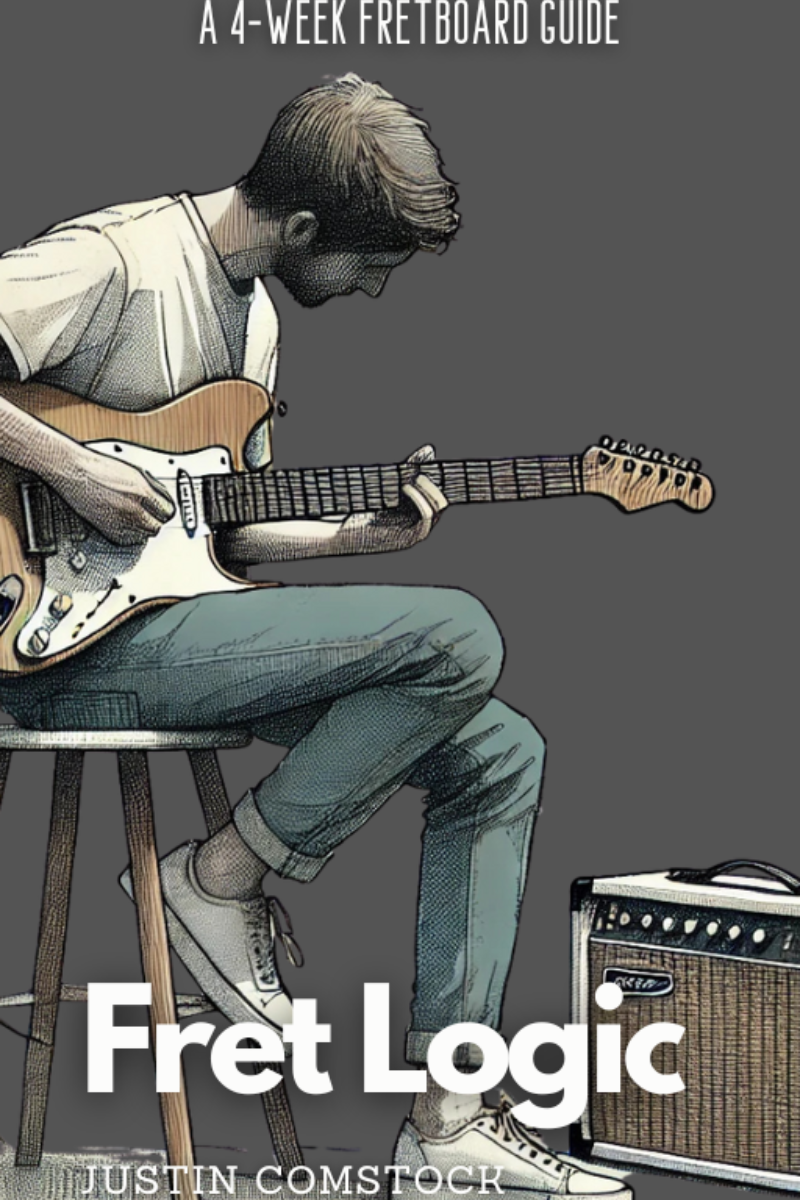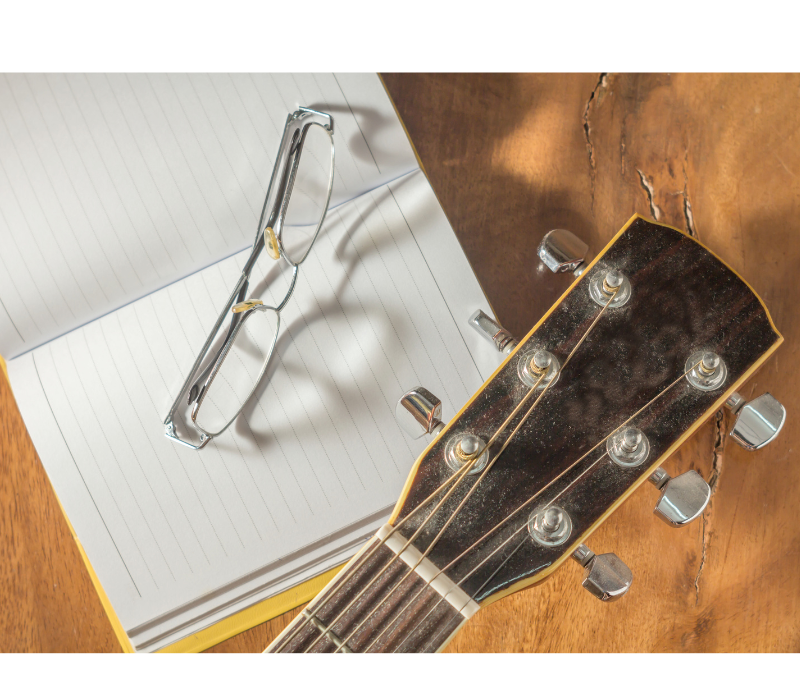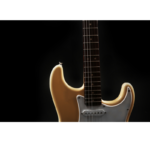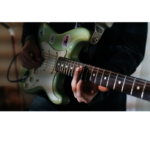Let’s be honest. Most guitar book chords are… boring.
You’ve seen them. A grid of static diagrams, page after page. Maybe there’s a section on jazz chords, maybe a few recycled progressions. But the problem?
They don’t teach you how to use chords.
That’s why I created FretDeck™—not another book, but a dynamic, visual tool that helps you actually understand and apply guitar book chords across the fretboard.
If you’ve ever felt stuck flipping through guitar chord books, memorizing shapes without context, or trying to understand how chords connect with scales and progressions—this is for you.
What Are Guitar Book Chords (and Why Most Players Get Stuck)?
Guitar book chords refer to the chord shapes, diagrams, and theory typically found in traditional instructional books. They’re great in theory.
But they rarely answer the essential questions:
- “How do I build this chord?”
- “Where can I play it up the neck?”
- “How does this chord relate to the key I’m in?”
- “Can I solo through this progression using scale tones or chord tones?”
📚 Books might show you a Cmaj7 shape…
But FretDeck™ shows you how to use it in context, invert it, and connect it to soloing ideas instantly.

❌ Stop Guessing. Start Shredding.
If you’re still fumbling through scale patterns and box shapes… it’s costing you progress.
FretDeck™ is the no-fluff system that shows you exactly how to master the fretboard—fast. Early access.
⚡️ This isn’t for dabblers. It’s for players who want results.
👉 Click here to join the pre-launch now
Early access. Limited rewards. Don’t wait.
Why FretDeck™ Is Better Than Any Guitar Chord Book on Your Shelf
FretDeck™: Pentatonic Scales was built to give guitarists the one thing most chord books fail to deliver:
A way to see and use the fretboard.
🎯 Here’s what FretDeck helps you do:
- Visualize chords, scales, and modes in every key
- Understand how pentatonic scales overlap with chord tones
- Practice using progression prompts that actually sound musical
- Learn to solo through chords, not just over them
It’s not another theory book.
It’s a hands-on practice system you can hold in your hands and use every day.
Chord Prompt #1: Visualize a Progression, Not Just Shapes
Let’s say you’re working on this classic progression:
Am – Dm7 – G7 – Cmaj7
A typical book will give you the diagrams.
FretDeck goes further. It’ll help you:
- Spot the root notes and shapes up the neck
- Build scale choices from each chord (hello, Dorian over Dm7)
- Practice improvisation over the changes with purpose
With FretDeck, you’re not memorizing—you’re internalizing.
Chord Prompt #2: Unlock the Neck with Inversions
Pick a basic progression: C – G – Am – F. Now here’s your challenge:
Play that same progression using only triad inversions between the 5th and 2nd string sets.
FretDeck teaches you how to find those triads, move them across the fretboard, and build a full vocabulary—without staring at a book for 30 minutes.
Why Most Guitar Books Fail (And What to Do Instead)
Traditional guitar chord books were written before YouTube, before jam tracks, before interactive learning. They assume memorization = mastery.
But that’s not how musicians work.
- We learn by doing
- We need visual cues
- We improve with hands-on practice, not passive reading
That’s why guitar book chords aren’t enough.
You need a system that trains your eyes, ears, and fingers to work together.
That’s FretDeck™.
🚀 Back FretDeck™ on Kickstarter (Before It Closes!)
FretDeck is now LIVE on Kickstarter, and this is your chance to get in on the first printing of a tool that’s already helping guitarists master:
- Pentatonic scale shapes
- Fretboard patterns
- Chord progression prompts
- Soloing strategies based on actual chord tones
🎁 Kickstarter Backers Get:
- Exclusive access to Practice Prompt Expansion Cards
- Stretch Goal Bonus Deck: FretDeck™: Guitar Progressions
- A seat in our private Discord community

❌ Stop Guessing. Start Shredding.
If you’re still fumbling through scale patterns and box shapes… it’s costing you progress.
FretDeck™ is the no-fluff system that shows you exactly how to master the fretboard—fast. Early access.
⚡️ This isn’t for dabblers. It’s for players who want results.
👉 Click here to join the pre-launch now
Early access. Limited rewards. Don’t wait.
🎧 Join Our Guitar Freaks Hangout (Private Discord)
Want to see how other players are applying guitar book chords with FretDeck?
Come hang out in our private Discord—Guitar Freaks Hangout—where you’ll find:
- Practice prompts from other musicians
- Lick swaps, progression challenges, and scale explorations
- Feedback loops that keep you accountable
It’s not just a chat—it’s a practice dojo.
👉 Join here: Guitar Freaks Hangout Discord

Join Guitar Freaks Hangout on Discord! 🎸
Get Fret Logic FREE!
Join the Guitar Freaks Hangout Discord and get exclusive access to my entire e-book, Fret Logic! Master the fretboard and elevate your solos with this comprehensive guide.
👉 Don’t miss out—join now and download your free copy!
Final Thoughts: Forget the Grid. Learn the Guitar.
You don’t need another chord book collecting dust on your shelf.
You need a system that moves with you—from scale to chord, from shape to sound.
That’s what FretDeck™ was designed to do. It turns theory into action, practice into progress, and chords into creativity.
So if you’re serious about going beyond memorization—and want to truly use what you’ve learned—
Then FretDeck is the most important guitar education tool you’ll own this year.
🎯 Back the Kickstarter today
🎸 Join our Discord tonight
📈 See results this week










